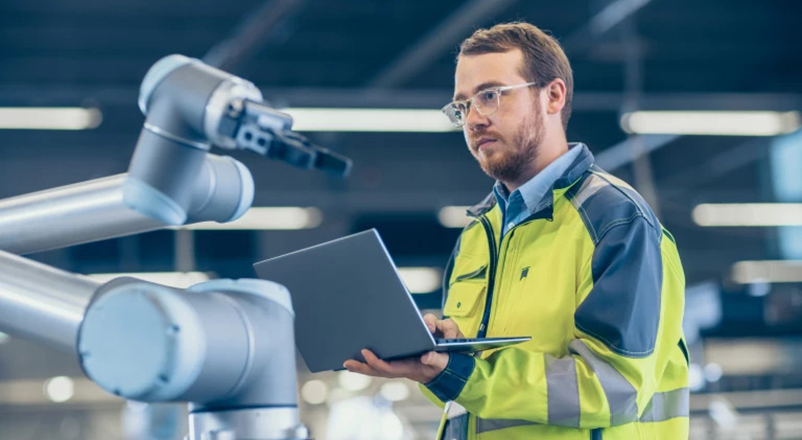
Gigafactories are large-scale, vertically integrated production facilities that serve as the backbone of the electrification economy. Their primary role is to manufacture the high-volume, high-value components required for electric mobility, stationary storage, and intelligent automation. Unlike traditional factories, gigafactories operate at scales measured in gigawatt-hours (GWh) of battery output or hundreds of thousands of EV units annually, making them strategic national assets on par with semiconductor fabs and AI data centers.
Gigafactories combine advanced manufacturing, energy-intensive processes, automation, and digital twins to optimize yield, quality, and cost efficiency. They also require vast amounts of energy, water, and materials, which makes their design, location, and supply chain integration critical.
Gigafactories typically produce a range of outputs aligned with electrification and autonomy:
▢ EV Batteries – The cornerstone product, measured in GWh/year. Includes cylindrical, prismatic, and pouch cells, often paired with on-site module/pack assembly.
▢ BESS (Battery Energy Storage Systems) – Utility-scale stationary storage systems built on the same chemistries and processes as EV batteries, enabling grid stabilization and microgrids.
▢ Electric Vehicles (EVs) – Many gigafactories co-locate EV assembly lines (Tesla, BYD, others), streamlining logistics from cell-to-pack-to-vehicle.
▢ Humanoid Robots – Tesla’s Optimus is a prime example of gigafactory diversification, leveraging EV production lines for actuators, batteries, and AI hardware integration.
▢ Power Electronics & Drive Units – Motors, actuators, inverters, and SiC-based electronics often share facility space with battery and vehicle production.
▢ Autonomy Tech – Inference computers, sensor suites (cameras/lidar, radar), and networking hardware.
▢ EV Charging Infrastructure – Superchargers and high-power DC fast chargers are increasingly manufactured at or near gigafactories to align with EV production scaling.
Gigafactories depend on a layered stack of technologies and resources:
▢ Critical Inputs: Lithium, nickel, cobalt, graphite, rare earths, silicon carbide.
▢ Process Infrastructure: Cleanrooms (for electrode coatings), drying ovens, assembly robotics, thermal management systems.
▢ Automation & Control: SCADA, MES, ERP, and increasingly AI-driven scheduling/yield optimization.
▢ Workforce: Skilled labor in chemical engineering, robotics, and mechatronics, supported by reskilling/upskilling programs.
Gigafactories are not just manufacturing sites — they are strategic nodes in the 5IR economy:
▢ Electrification Anchor – Without large-scale battery production, EV and renewable adoption stalls.
▢ Energy Autonomy – By producing both EV and stationary storage, gigafactories enable national grid resilience.
▢ Autonomy & Robotics – EV manufacturing lines can pivot to humanoid robots and autonomous fleets.
▢ Supply Chain Leverage – Countries with gigafactory capacity reduce dependence on foreign energy and material imports.
▢ AI + Digital Twins – Most gigafactories run model-based optimization, predictive maintenance, and AI-driven quality control, making them hybrid AI factories.
▢ United States: Tesla (Nevada, Texas), GM Ultium, Ford/BlueOval, Hyundai, Panasonic, Samsung SDI.
▢ China: CATL, BYD, CALB, Gotion — global leaders in scale.
▢ Europe: Northvolt (Sweden), CATL (Germany), ACC.
▢ Other Regions: India, Indonesia, and the Middle East accelerating with strategic investments.